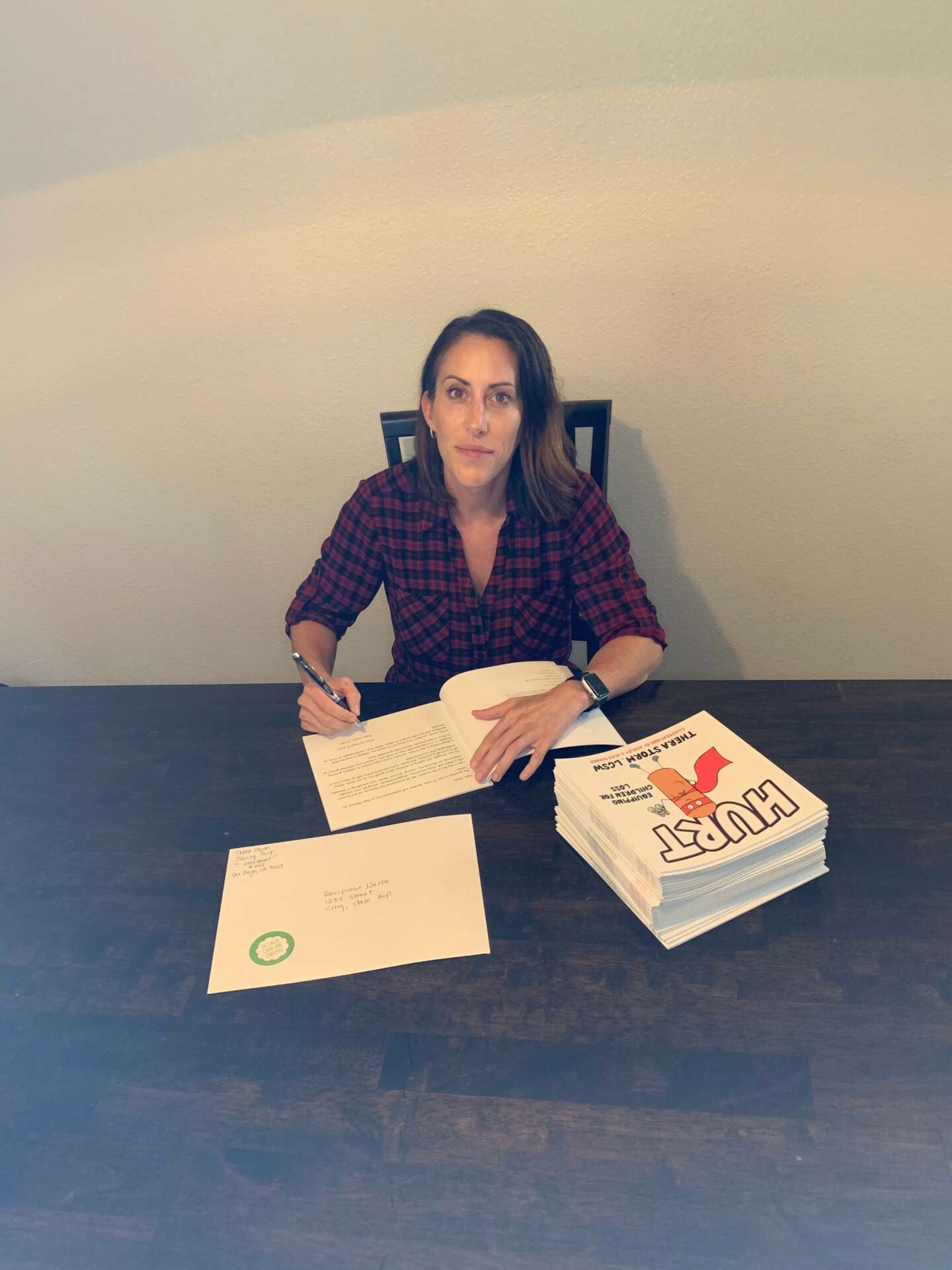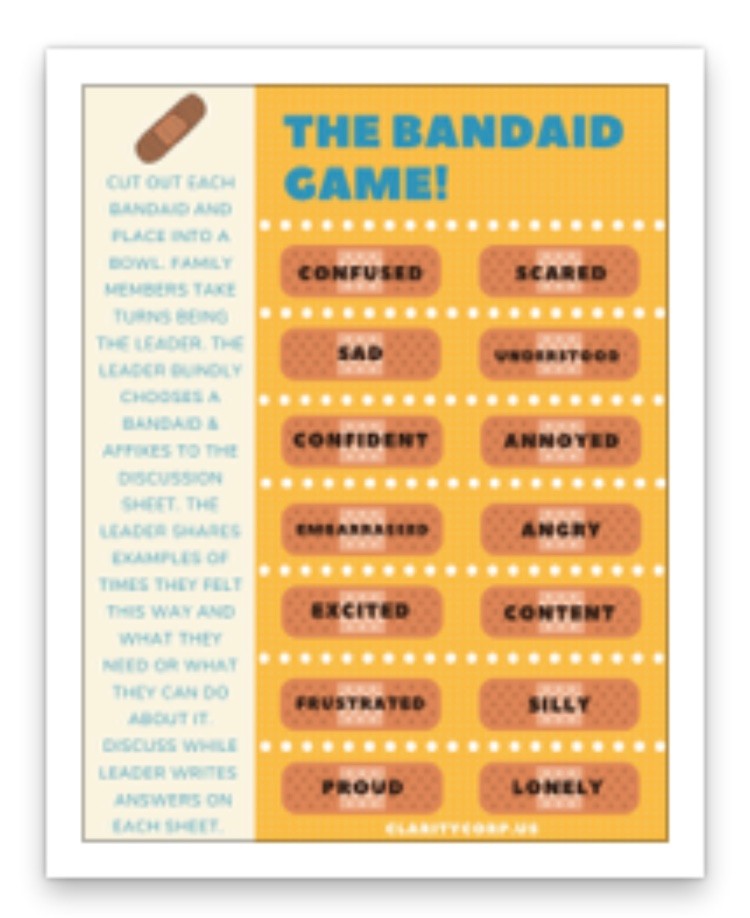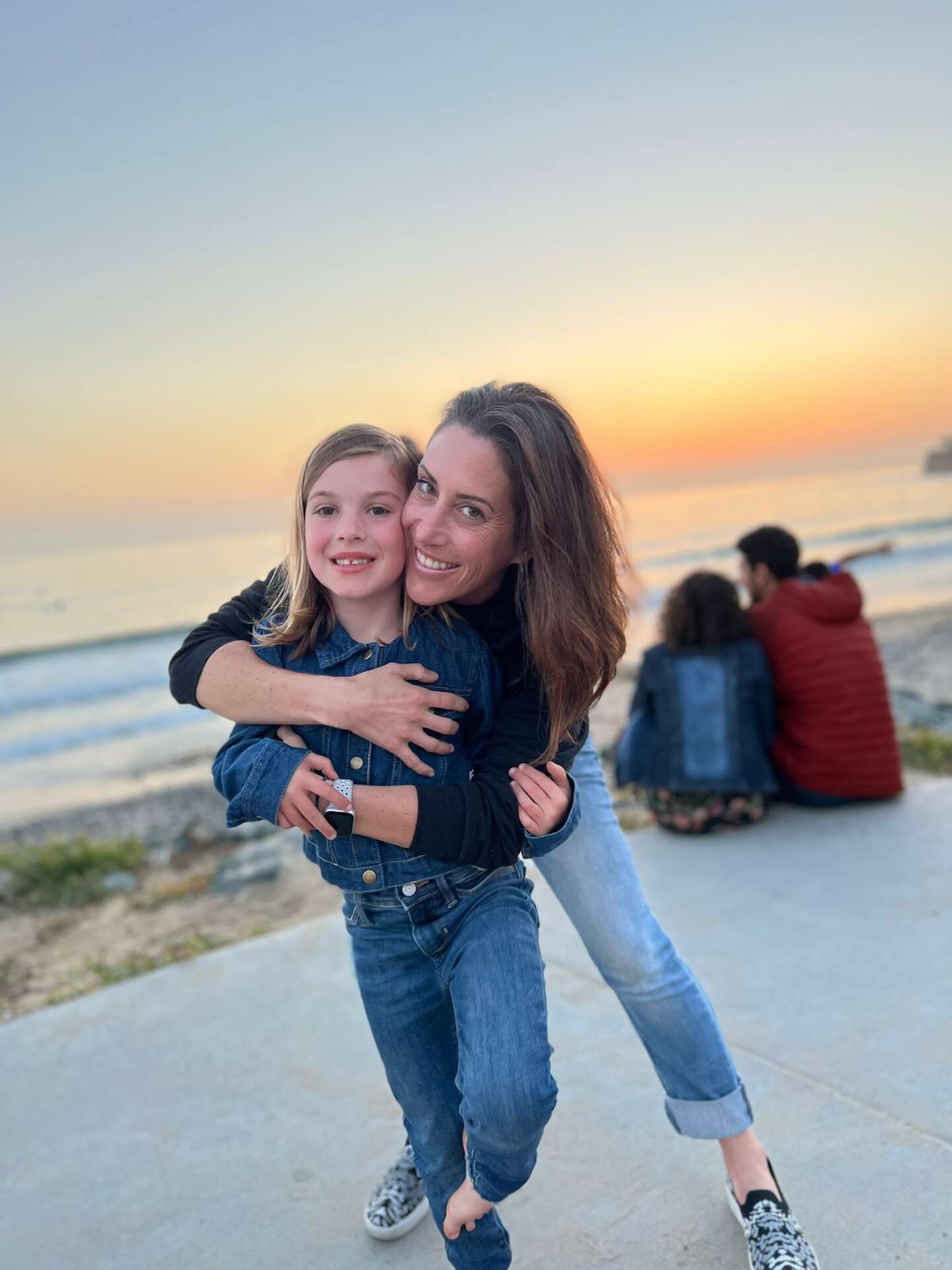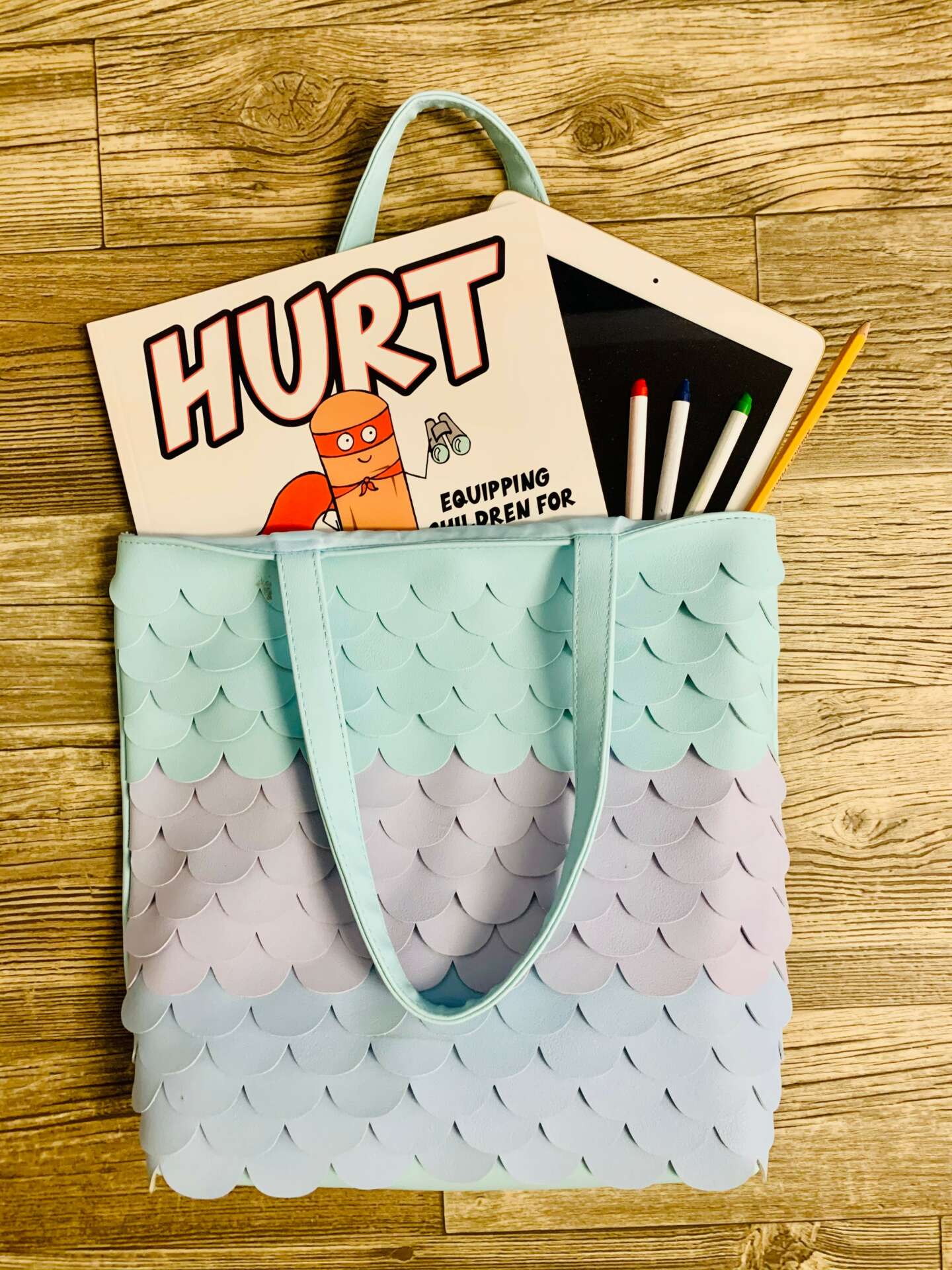We’re excited to introduce you to the always interesting and insightful Thera Storm. We hope you’ll enjoy our conversation with Thera below.
Thera, thanks for joining us, excited to have you contributing your stories and insights. We’re complete cheeseballs and so we love asking folks to share the most heartwarming moment from their career – do you have a touching moment you can share with us?
A widow walked out of my office at the commence of her last session (finishing the 8-week Grief Recovery Program) and said, “I feel like I just left a backpack of bricks on the floor in here. I didn’t even realize I had been carrying it around. I feel so light. Wow. Thank you!”



Great, appreciate you sharing that with us. Before we ask you to share more of your insights, can you take a moment to introduce yourself and how you got to where you are today to our readers
After completing my masters degree in social work at George Mason University in Virginia and being supervised in the profession for two years, I was able to sit for the big exam to become a “Licensed Clinical Social Worker.” I was so relieved to pass. Being licensed opens up many professional doors, to include opening up your own private practice.
However, about a week later my active duty military husband received orders to San Diego, CA. There was no state reciprocity or licensure mobility at the time (2015) but I was relieved to discover that I could work for a federal agency (Navy counseling services in San Diego) with a Virginia license.
I was so excited to begin my favorite part of the profession which was providing short-term solution-focused counseling. (social work is a huge umbrella – through my internships I had worked for Child Protective Services, homeless shelters, with youth at risk of foster care, and in one-on-one counseling)
It was through this work with active duty Marines and Sailors that I started to feel ill-equipped when it came to grief and loss. In fact, most of the issues I noticed in every client were some sort of loss (it wasn’t always death, sometimes it was loss of rank, loss of relationship, loss of finances, loss of expectation of what they thought a military career would look like…)
In the masters program were taught a very limited overview regarding grief. We were taught the “5 stages of grief” which I now know does not apply to all grief (and often leaves grievers feeling like they’re doing it wrong or should be moving through their loss in a linear fashion.)
I cringe now knowing that early on in my career I was sharing The 5 Stages of Grief as I had nothing else to really lean on for supporting my hurting clients who were going through a transition or living with loss.
I did some research and happened upon the Grief Recovery Institute. I decided the investment in the certification would be worth it as I wanted to be able to help my clients the best way possible. In 2018 I became certified as a Grief Recovery Specialist. Since then I have become an LCSW in the state of California (I also kept the Virginia license just in case) and I went through additional training to become an Advanced Grief Recovery Method Specialist.
Fast forward to today. I have taken hundreds of clients through the Grief Recovery Method. It is so fulfilling for me as I get to journey alongside my clients as they identify and resolve unresolved grief.
From the Grief Recovery Method Handbook: Grief is the normal and natural reaction to a loss of any kind. Grief is the conflicting emotions caused by the end or change of a familiar pattern of behavior.
My lens is grief. I believe most issues we have as adults are from unresolved grief from losses experienced in our life. (This can be intangible losses, too! Loss of identity, loss of support, loss of independence, loss of structure, loss of routine…. the list goes on.)
I am dedicated to all things grief and loss. Because of this I have a podcast with co-host Tiffany Bernal called Portraits of Grief (on all platforms). I also have free downloads on my website to include activities for families to participate in to get the conversation going to process a loss (there’s a Bandaid activity and an M&M activity – you just need to get the candy and use the prompts to share.) I also have a free 17-page e-book that can be downloaded and provide education and support for a griever (or a friend of a griever who is looking to be a better support).



Learning and unlearning are both critical parts of growth – can you share a story of a time when you had to unlearn a lesson?
I have learned that as a small business owner, I get to structure my business in a way that makes sense to me so that I can provide the best service possible.
I’ll explain. Traditional therapy includes 50 minute sessions, back-to-back for the therapist, providing therapy and support for a wide spectrum of issues and little customization for the clients.
I started trying to do it that way because that was my experience at clinics. I tried helping everyone and at all times. I was neglecting my family (and myself) and on a quick path to burn-out.
I am so glad I changed up my business model.
I decided to set some boundaries and get specific on my professional/clinical/business ethos.
I only see about three clients a day. I make sure I have at least 30 minutes in between these sessions. I walk my daughter to school. I walk to my office. I see a client, go on a walk and eat a snack, see another client, take another walk or make a phone call, then see my last client before walking back home and then picking my daughter up from school.
Discovering this balance has made me a way better therapist, mom, wife and friend. I am more energized, healthy, creative and… not burned out!
I charge for an entire program package (8 week Grief Recovery Method). My clients are not dependent on me for years of processing (and years of per-session pricing). The GRM program teaches clients how to identify unresolved grief, how to apply the appropriate method for resolving unresolved grief, and how to apply this method to other relationships and in real-time for current relationships.
I feel fulfilled and it’s because I realized the balance I needed to be the best version of myself. My clients do not get a worn-out imposter. They get 100% of a focused, fulfilled and passionate grief therapist.


Can you tell us about a time you’ve had to pivot?
Like most people, I had to do a “pandemic pivot” during the Stay-at-Home Orders. As folks were isolating (and I was home with my then-5 year old) I had a major drop in clientele and my availability was limited due to having a chatty kiddo as my shadow. Even virtual sessions were nearly impossible.
Then I realized I was in a perfect position to accomplish one of my life goals: writing a children’s book. With my young daughter as my focus group, I was able to write and publish Hurt: Equipping Children for Loss. It’s about a superhero bandaid who tries to fix everyone’s sadness with bandages. He certainly learns as a lesson as he realizes some booboos are heart-wounds and the best way to help is by being a good friend. Children learn to communicate their feelings (and there’s some education for parents in there, too!)
I am very proud of this book and I love the feedback I get from the adults who read this book with their child. Equipping a child for loss (a loss of any kind!) will help them become more emotionally stable, honest and grounded adults.
Contact Info:
- Website: www.claritycorp.us
- Instagram: @griefrecoverygirl
- Youtube: https://www.youtube.com/channel/UCoTmNxK1w_W2FSq1GUjo4ig
- Other: https://www.amazon.com/Hurt-Equipping-Thera-Storm-LCSW/dp/109831364X/ref=sr_1_1?crid=3E0D4862YP1W8&keywords=Thera+Storm+hurt&qid=1656022214&sprefix=thera+storm+hur%2Caps%2C131&sr=8-1 Podcast: Portraits of Grief
Image Credits
Headshot: Kristina Attwood Photography Family photo: Alisha Mowry Photography


